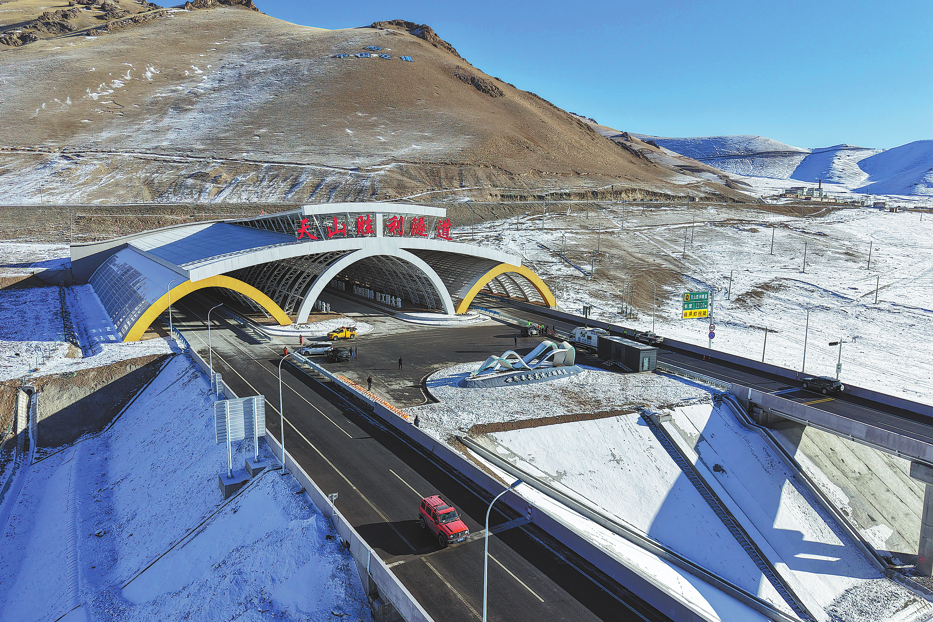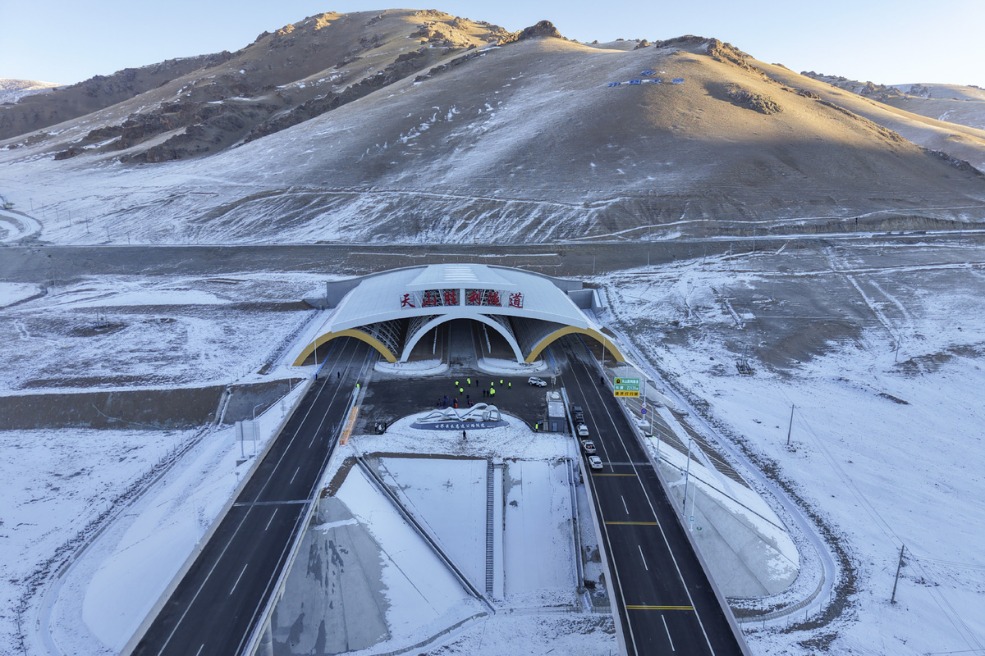Photos focus on a rich heritage
Competition highlights members of ethnic groups capturing their changing lifestyles, Wang Ru reports.

He knew the area well and would often go just to gaze in appreciation at the style and the craftsmanship of the buildings. That was a dozen years ago, when Qin Shizhu was a regular visitor to the Sanjiang Dong autonomous county and there were many representative villages of the Dong ethnic group in the area.
In 2019, when he finally returned to the county in Liuzhou city, Guangxi Zhuang autonomous region, he was surprised to find that modern buildings without Dong features nestled among the old houses, giving the villages a somewhat anachronistic appearance with their mixture of the old and new.
The scene set his imagination working, motivating the photography enthusiast to capture them. The result of his shutterbug impulse was recently honored during the fourth Country Road Chinese Ethnic Group Photography Prize, along with 19 other photographers who took outstanding images capturing the people and lifestyles of China's ethnic groups.
Initiated in 2015 by curator and art critic Na Risong and others, the prize has been held every two years and has honored more than 70 photographers from over 30 ethnic groups in China.
Country Road, a collection of photos taken by prizewinners of the past three contests, has been published by Beijing-based CITIC Press Group.
Having worked in the media for many years, Na found that photos pertaining to the country's ethnic groups are increasingly popular. Quite a number of photographers have gone to border areas, where many ethnic groups live, to take photos, but Na was not satisfied with the authenticity of their output.
"Many photographers would ask people to wear clothes with ethnic features and pose for photos, instead of showing the local people in their natural state. I think such photos are superficial, or even fake," says Na.
Since he knew many photographers from within the ethnic groups, it occurred to him that he should hold an exhibition showing photos taken by them. The 2009 exhibition was popular and eventually evolved into the Country Road prize.
"I do not say that only the ethnic group photographers have a deep understanding of their hometown, but in most cases they live in the locality, and know about their group more than outsiders. I hope that, through this selection, they can view their traditional culture in a more faithful way," says Na.
Judges select photos that show the photographers' true emotions to the groups, display their lives faithfully, and show skill in framing and capturing an image.
"Many of the participants are not professionals, and some just take photos on their mobile phones, but their photos can still move us," says Na.
Dzyupa, 24, a young man from the Tibetan ethnic group, who graduated from a technical college in Xi'an, Shaanxi province, last year, was one of the prizewinners who photographed his hometown on his mobile phone. His photos capture the essence of people's lives in Zekog county, Huangnan Tibetan autonomous prefecture, Qinghai province.
"My hometown used to be a pasture where past generations made a living raising animals. But when I was 6, my family moved to a town like many others and we began to live a more stable life," says Dzyupa. "We no longer experience many things our ancestors did. When I see the changes, I feel like what I am experiencing may also disappear and become nothing but memories in the future, so I want to capture the stories of the present."
With photographs, he shows many facets of local life, including Tibetan New Year customs. Despite changes over the years, he still finds something enduring in the photography process.
"Although only a few people make a living by grazing animals today, I find that they still use the techniques our ancestors employed. Moreover, the hardworking nature of my people, their strong willpower and our emotions also remain the same," says Dzyupa. "I want to show that, despite the influence of urbanization and modern changes, my hometown still has its own pace of development, and local people live a relaxing and happy life."
The prize has been awarded on four occasions, and Na has witnessed the change in both the participants and their focus. "More young people, especially women, are taking part, and photographers are shifting their attention from recording traditions to documenting the current situation," Na says.
Yi Hui, 40, from the Hui ethnic group, is a prizewinner who has trained her lens on young people, mostly the modern lifestyles of the girls and young women.
As a photography teacher at Guilin Normal College in Guangxi, Yi has many students who are girls from different ethnic groups, but she finds it hard to identify their ethnic group from the way they dress, their lifestyle or their habits.
In the present day, many ethnic people have left the compact communities where their ancestors lived, moving to bigger cities and discarding their traditional clothing, according to Yi.
"As one of them, I am seldom recognized as being from my ethnic group due to my attire or habits by other people, but features of my appearance still reveal the truth. It makes me feel confused about my identity sometimes. It's the same with the young girls. So I want to show our exploration of identity," Yi says.
Yi also visited ethnic group villages where traditional ceremonies are still held, but she found there were few young people involved. "It seems young people seldom take part in such activities; they are in the city wearing fashionable clothes," says Yi.
Amateur photographer Qin from Guangxi also focuses on modern life and tries to capture the mixture of the old and new architecture in the villages of the Dong ethnic group.
Traditional Dong architecture, usually made from wood, is famous for its distinctive style. When incomes improved, many locals decided to implement modern building styles and techniques, Qin says. "Some of them wanted to keep traditional elements, while others just wanted to build normal, reinforced concrete structures, which they felt were comfortable and more convenient to live in.
"Such photos can arouse many questions about the protection of local culture, the influence of urbanization and globalization, and striking a balance between protecting local culture and people's pursuit of modern life," says Qin.
Na himself is from the Mongolian ethnic group. Born in North China's Inner Mongolia autonomous region, he migrated to Beijing with his family at the age of 8. Although the memories of his hometown have become vague, he pays special attention to topics related to ethnic groups, which is what led him to initiate the prize.
"When it comes to ethnic groups, we often think of slash-and-burn agriculture, singing and dancing, or somewhere remote. But over the years they have changed a lot. I hope we can see a broader world through the photos that honestly record their changes," says Na.
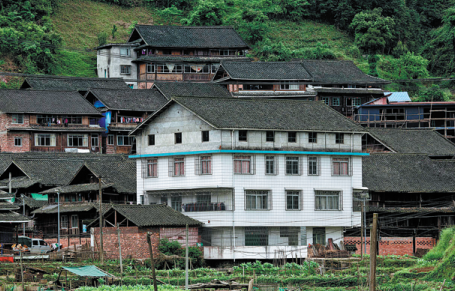

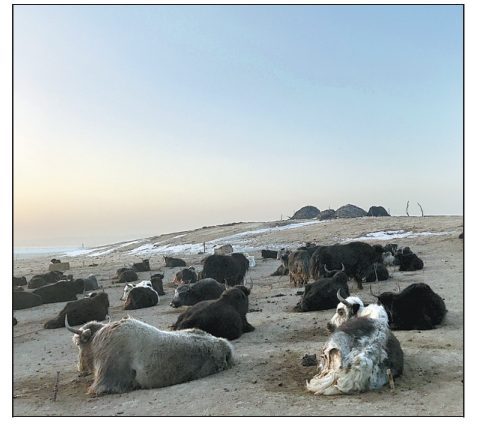
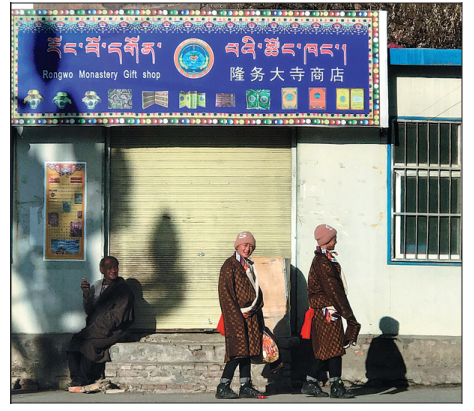
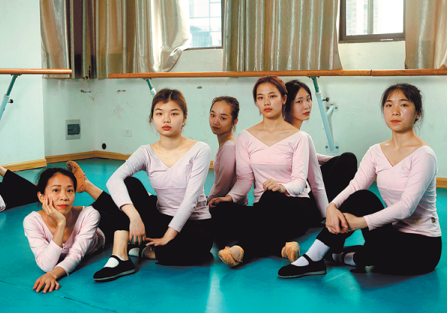
Today's Top News
- CPC leadership meeting urges steadfast implementation of eight-point decision on improving conduct
- Autumn grain purchases exceed 200m tons in China
- Wang to meet foreign ministers of Cambodia, Thailand in Yunnan
- China's top legislature concludes standing committee session
- Thailand and Cambodia agree to temporary ceasefire
- NPC's 4th annual session slated for early March


















